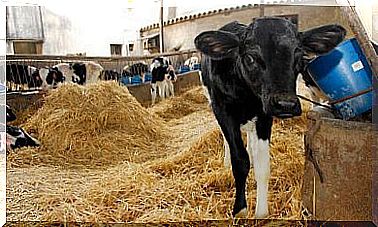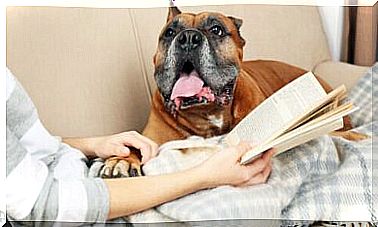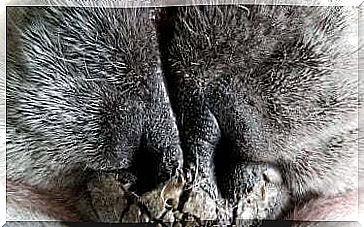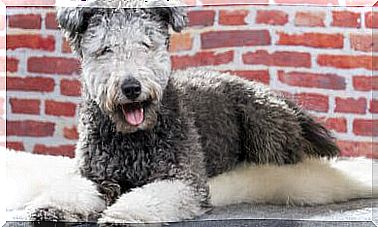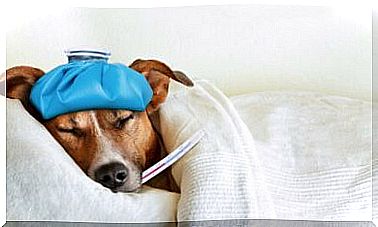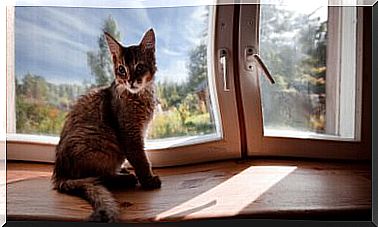Glaucoma In Cats: Symptoms And Treatment
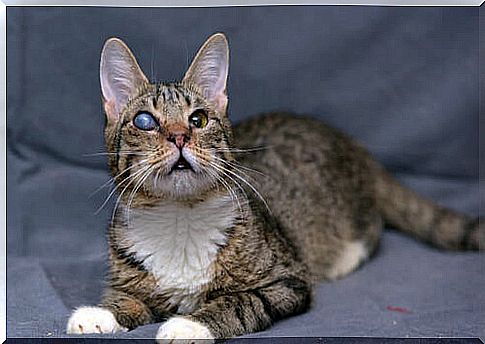
Glaucoma is a degenerative eye disease that can severely affect your pet’s vision, so it’s very important to know about it. In the following article we will tell you everything you need to know about glaucoma in cats.
What is glaucoma in cats?
It is a disease that affects one or both eyes of mammals, especially people, dogs and cats. It is more common in older cats and is caused by increased eye pressure, among other factors.
Glaucoma in cats also appears due to the excessive production of intraocular fluids. Both of these aspects accelerate the deterioration of the optic nerve and retina, so they can cause partial vision loss and later blindness.
Feline glaucoma can be of different types, depending on the cause. On the one hand, there are genetic or hereditary causes, which predispose certain breeds to suffer from this problem. On the other hand, we can talk about basic diseases such as cataracts, neoplasms and uveitis.
Among other causes, we certainly cannot ignore the increase in ocular pressure and the consequent glaucoma following a street fight, an accident or trauma to the eyes that favor the development of the disease.
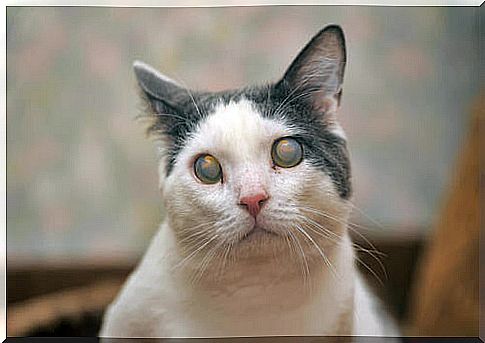
What are the symptoms of glaucoma in cats?
It could be said that glaucoma is a silent disease, since in the early stages it produces no visible symptoms. The animal probably experiences a reduction in its vision, but has no way of communicating this.
The signs of glaucoma in cats are often very general, not specific at all and owners can only realize the problem when it is at an advanced stage. The warning signs may be that the animal staggers when walking, bumps into things in front of him or is unable to recognize obstacles along the way.
Also, the clear sign of glaucoma in cats is that one or both eyes have a grayish or bluish tint. There is also pupil dilation and a light reaction problem. Other signs to watch out for are:
- Vomiting and nausea.
- Dizziness and headache.
- He doesn’t want to be touched on the face or head.
- Changes in behavior, e.g. increased aggression, less contact with the owner.
- Lack of coordination in movements.
Prevention and treatment
To prevent glaucoma from occurring, it is very important to have your cat undergo comprehensive veterinary checks every year. Although it is not possible to intervene on hereditary factors, we can at least offer them preventive care and delay the onset of this pathology as much as possible.
Once your vet diagnoses glaucoma, treatment will depend on the severity and cause. It is important to know that while it is possible to slow the progression of the disease, it is not possible to regain the sight that the animal has already lost.

The basic treatment is to apply eye drops to balance the ocular drainage system and balance the production of intraocular fluid. The vet may also indicate the use of analgesic or anti-inflammatory medications that relieve sensitivity and pain in the area or topical hypotensors through drops that reduce tension.
If the condition is very advanced, your doctor is likely to recommend laser surgery to artificially drain the intraocular fluid.
In cases where the eye can no longer see anything and there is a high risk of infections or other diseases, the most common treatment is unfortunately surgery to remove the organ. Some place a prosthesis (for cosmetic purposes only) and others suture the eye socket to prevent the entry of viruses and bacteria.
Some of the breeds that are more likely to suffer from glaucoma and other eye diseases are Persian, Himalayan and Burmese. However, it can also appear in hybrid cats or crossbreeds. It is advisable to periodically take your pet to the vet to promptly diagnose any health problems.
